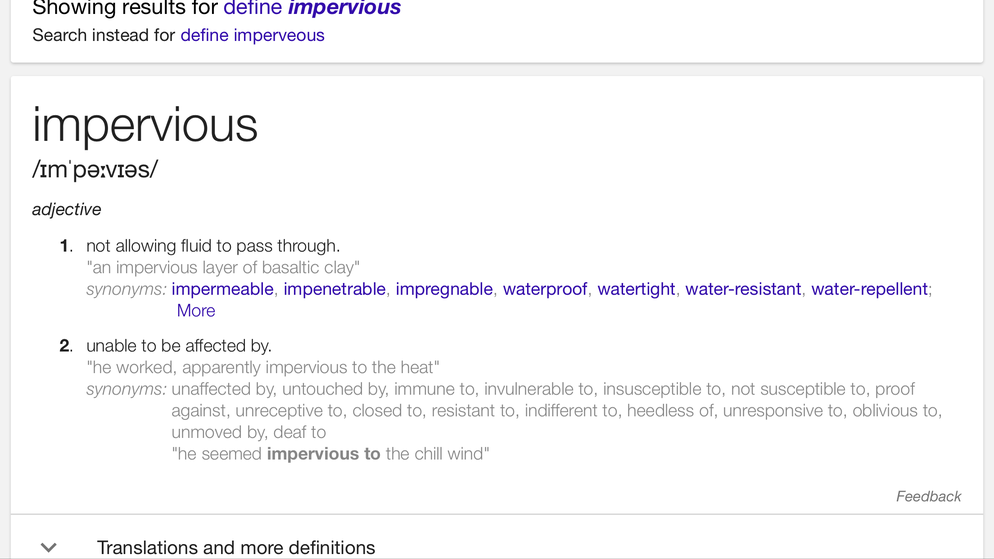O
One Day
It feels like there is a constant asking about the suitability of cement board in wet areas.
"Will they be ok in my wet room?" "Should I tank them?" etc etc etc
Can I attempt to clear up the confusion - much of which comes from the manufacturers and the builder's merchants who sell the stuff?
First of all: WATERPROOF vs WATER-RESISTANT
I honestly want to bang my head against a wall when this comes up.
1) Waterproof means water cannot get past the board.
2) Water-resistant means ONLY that water will not damage the board's integrity.
BUT - water can still soak through the board to the background.
Cement / Silica board - I class as Hardibacker / AquaPanel / NoMorePly
These are NOT WATERPROOF. They are sold as suitable for showers / wet areas etc and in my opinion they should not be sold as such. They are only "suitable" in as much as they won't get damaged by water - but unfortunately in my experience they will allow water to damage everything else - your tiling, your timbers and your rooms next to and below the one they're in!
The negatives of these boards:
- Heavy
- Difficult to cut
- Slow to install
- Contain silica dust (v harmful)
- NOT WATERPROOF - require tanking to make waterproof.
(note that tanking will reduce inherent weight-bearing though)
The positives:
- very strong and can take great amounts of weight
OK - Waterproof Boards now:
I class as Schluter's Kerdi board / Wedi board / Marmox board / Delta Board - there are others claiming the same properties but I can't vouch for them.
These boards are WATERPROOF. Water will not pass through the board, unless you leave open gaps or puncture with fasteners.
If you seal the gaps and fastener holes with these - water cannot get through and cause unseen damage.
The negatives of these boards:
- require specific washers and fasteners.
The positives:
- Lightweight
- Very easy to cut
- No harmful dust (zero with Kerdi board)
- Very fast to install
- TOTALLY WATERPROOF when installed correctly
- Very strong and can take great amounts of weight
Hopefully for some not so familiar with these board-types this will help to show that using a cement board in a wet area is a total waste of your time and money.
Not only are you working with a difficult board, but you then need to tank them too.
If you use a waterproof board, not only are they far easier to work with, but you don't need to tank them either.
I install loads of wet rooms (and replace loads too) and I've learnt over the years that you MUST keep learning.
Keep asking WHY as well as HOW. Go on the manufacturer's training days.
Any questions???
"Will they be ok in my wet room?" "Should I tank them?" etc etc etc
Can I attempt to clear up the confusion - much of which comes from the manufacturers and the builder's merchants who sell the stuff?
First of all: WATERPROOF vs WATER-RESISTANT
I honestly want to bang my head against a wall when this comes up.
1) Waterproof means water cannot get past the board.
2) Water-resistant means ONLY that water will not damage the board's integrity.
BUT - water can still soak through the board to the background.
Cement / Silica board - I class as Hardibacker / AquaPanel / NoMorePly
These are NOT WATERPROOF. They are sold as suitable for showers / wet areas etc and in my opinion they should not be sold as such. They are only "suitable" in as much as they won't get damaged by water - but unfortunately in my experience they will allow water to damage everything else - your tiling, your timbers and your rooms next to and below the one they're in!
The negatives of these boards:
- Heavy
- Difficult to cut
- Slow to install
- Contain silica dust (v harmful)
- NOT WATERPROOF - require tanking to make waterproof.
(note that tanking will reduce inherent weight-bearing though)
The positives:
- very strong and can take great amounts of weight
OK - Waterproof Boards now:
I class as Schluter's Kerdi board / Wedi board / Marmox board / Delta Board - there are others claiming the same properties but I can't vouch for them.
These boards are WATERPROOF. Water will not pass through the board, unless you leave open gaps or puncture with fasteners.
If you seal the gaps and fastener holes with these - water cannot get through and cause unseen damage.
The negatives of these boards:
- require specific washers and fasteners.
The positives:
- Lightweight
- Very easy to cut
- No harmful dust (zero with Kerdi board)
- Very fast to install
- TOTALLY WATERPROOF when installed correctly
- Very strong and can take great amounts of weight
Hopefully for some not so familiar with these board-types this will help to show that using a cement board in a wet area is a total waste of your time and money.
Not only are you working with a difficult board, but you then need to tank them too.
If you use a waterproof board, not only are they far easier to work with, but you don't need to tank them either.
I install loads of wet rooms (and replace loads too) and I've learnt over the years that you MUST keep learning.
Keep asking WHY as well as HOW. Go on the manufacturer's training days.
Any questions???






